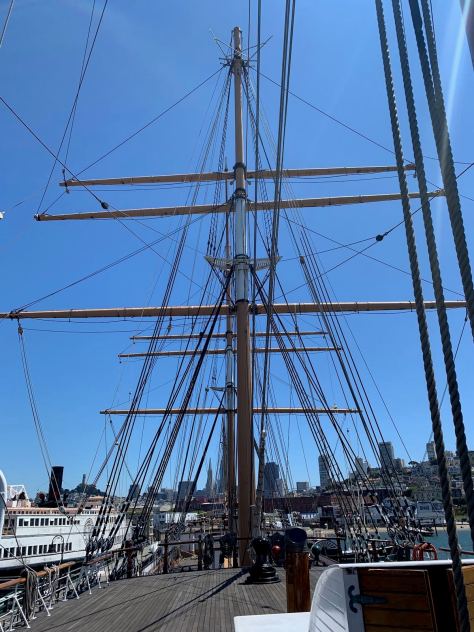Many thanks to Bob (K4RLC) who shares the following POTA field report from December 2022:
K4RLC’s December 2022 Adventure: Stone Mountain State Park North Carolina
by Bob (K4RLC)
As 2022 was coming to an end, I wanted one last Summits on the Air/Parks on the Air (SOTA/POTA) activation. Stone Mountain North Carolina is around 3 hours away in Northwestern North Carolina, near the Appalachian Trail and the Blue Ridge Parkway. It is a huge state park of over 14,000 acres and some wilderness areas.
 A little background about this year might be helpful.
A little background about this year might be helpful.
Earlier last year, both Alanna K4AAC and I were diagnosed with COVID, which turned into long serious COVID, lasting almost 3 months of acute illness, followed by several months of recovery. We are both healthcare professionals, and were vaxed and boosted and being very cautious, so it’s somewhat of a mystery what happened. One of us does have multiple medical risk factors which may have added to the complexity.
Nevertheless, we did what a lot of Americans did last winter and spring, with buying RVs and campers, and bought a Winnebago Solis camper van.
 The Solis is Winnebago’s smallest van, built on a Dodge Pro Master commercial chassis. What appealed to me is that you can be completely self-sufficient, boon-docking with it. It has a 140 Watt solar panel on the roof which charges two 100 amp hour AGM batteries.
The Solis is Winnebago’s smallest van, built on a Dodge Pro Master commercial chassis. What appealed to me is that you can be completely self-sufficient, boon-docking with it. It has a 140 Watt solar panel on the roof which charges two 100 amp hour AGM batteries.
Off the grid, this powers a small refrigerator, house LED lights, water pump, and a ceiling fan.
The Solis also has a 20-gallon propane tank, which runs a two-burner stove and a really nice furnace for cold nights. It sleeps two comfortably with a Murphy bed. Also has a sitting area with a table for dining, which can be used as a desk or an operating position for the radio.
Since getting the Solis, we have really enjoyed making trips to the beaches and mountains of Virginia, North Carolina and South Carolina. In addition to enjoying exciting POTA/SOTA activations, we have been replenished by nature’s beauty and feeling safe in the fresh air.
Returning to my Stone Mountain adventure, I guess not many people camp in the middle of the week in December in the mountains. Initially, I was the only person in the large campgrounds. Eventually, a couple with their dog and a trailer set up at the far end. We never had any contact. It was really eerie, especially with the pea soup fog that hung around.
The most prominent feature of Stone Mountain State Park is Stone Mountain itself.
It is known as a “Dome Monadnock,” as it is a large dome of granite/quartz still standing from the Devonian Age about 400 million years ago, while the earth around it has eroded over thousands of years. (Stone Mountain Georgia is the same geologic feature). Continue reading K4RLC’s December 2022 Adventure at Stone Mountain State Park























































